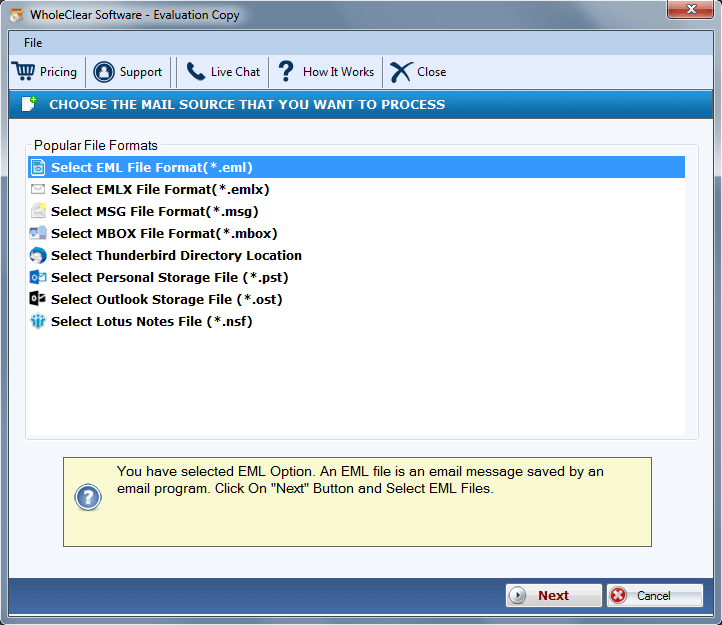In today’s highly competitive digital landscape, businesses constantly seek efficient strategies to reach their target audience, drive conversions, and maximize their return on investment (ROI). Performance marketing is one of the most effective approaches that has emerged, blending digital advertising with measurable outcomes. But what exactly is performance marketing, and how can brands make the most of it? Let’s dive into the essentials and strategies for excelling in this results-driven marketing method.
What is Performance Marketing?
Performance marketing is a form of digital advertising where advertisers only pay when a specific action is completed. These actions could include clicks, leads, sales, or other desired results. Unlike traditional marketing, where businesses pay upfront regardless of the campaign’s outcome, performance marketing ensures that every penny spent delivers tangible results.
At its core, performance marketing is about accountability and data. Advertisers can track every action, allowing them to optimize their strategies in real-time to get the most out of their campaigns.
Key Elements of Performance Marketing
-
Cost-Per-Click (CPC): Advertisers pay each time a user clicks on their ad, regardless of whether the click leads to a conversion. This is commonly used in platforms like Google Ads and Facebook Ads.
-
Cost-Per-Acquisition (CPA): Payment is triggered only when a specific action, like a sale or sign-up, is completed. This makes CPA a very attractive model for businesses focused on direct results.
-
Cost-Per-Impression (CPM): Payment is based on the number of times an ad is shown to users, typically in increments of 1,000 impressions. This is commonly used for brand awareness campaigns.
-
Cost-Per-Lead (CPL): In this model, advertisers pay for each lead (a potential customer) they receive. This is particularly useful for businesses focused on growing their customer database.
-
Cost-Per-Sale (CPS): Advertisers only pay when a sale is directly attributed to their ad, making this a highly ROI-driven model.
Why Performance Marketing Works
-
Measurable Results: Performance marketing provides real-time data on what’s working and what’s not. Brands can track every click, impression, and conversion, giving them full control over their budget.
-
Cost Efficiency: You only pay for the results, ensuring that marketing dollars are spent effectively. This is especially beneficial for smaller businesses that need to stretch their marketing budget.
-
Targeted Reach: With performance marketing, advertisers can hone in on their ideal audience using detailed targeting options. Whether it’s demographic targeting on social media or behavioral targeting on Google Ads, you’re ensuring your ads reach the right people.
-
Flexibility: Campaigns can be scaled up or down based on performance, allowing businesses to adapt quickly. If a campaign isn’t delivering, advertisers can pivot without wasting money.
Performance Marketing Channels
Several channels are available for performance marketing. Here’s a breakdown of the most popular:
-
Search Engine Marketing (SEM): This involves placing ads on search engine results pages (SERPs), such as Google or Bing. With platforms like Google Ads, advertisers bid on keywords relevant to their business, paying when users click on their ads.
-
Social Media Marketing: Platforms like Facebook, Instagram, LinkedIn, and Twitter offer highly targeted advertising opportunities. Advertisers can pay for clicks, impressions, or conversions based on specific audience characteristics.
-
Affiliate Marketing: In affiliate marketing, brands partner with affiliates (publishers or influencers) who promote their products or services. Affiliates earn a commission for each sale or lead they generate, making this a low-risk, high-reward channel for brands.
-
Display Advertising: Display ads, including banners and videos, appear on websites within the Google Display Network, as well as other ad networks. These ads can be highly targeted, but are typically used for brand awareness and retargeting.
-
Native Advertising: Native ads blend seamlessly into the content on websites, making them less intrusive. These ads are designed to match the look and feel of the platform they appear on, improving click-through rates (CTR) and engagement.
Best Practices for Performance Marketing Success
-
Set Clear Goals: Before launching any campaign, it’s essential to define your goals. Whether you want to generate more leads, increase sales, or drive traffic, your campaign should be optimized for a specific result.
-
Optimize Your Landing Pages: A high-performing ad is only half the battle; you also need a landing page that converts. Ensure that your landing page is user-friendly, loads quickly, and includes a clear call-to-action (CTA).
-
Monitor & Adjust in Real-Time: Performance marketing gives you access to real-time data, so use it! Monitor your campaign’s progress and make adjustments as needed. This might mean tweaking your ad copy, adjusting bids, or refining your targeting.
-
Utilize A/B Testing: Continuously test different ad creatives, copy, and audience segments to find what works best. A/B testing allows you to optimize your campaigns based on actual performance data.
-
Leverage Retargeting: Retargeting can be an excellent way to convert users who’ve already shown interest in your products or services. By reminding them of what they viewed or added to their cart, you can significantly improve your conversion rates.
Challenges in Performance Marketing
While performance marketing offers many benefits, it’s not without challenges:
-
Ad Fraud: One of the main risks in performance marketing is ad fraud, where bots or malicious actors generate fake clicks or conversions. Investing in fraud detection tools can help mitigate this risk.
-
Data Overload: With so much data available, it can be challenging to focus on the metrics that matter most. Understanding which KPIs align with your goals is essential.
-
Increasing Competition: As more businesses turn to performance marketing, the cost of clicks and conversions has risen. This requires brands to be more strategic in their approach to bidding and audience targeting.
Conclusion
Performance marketing has revolutionized the way businesses approach digital advertising. With its focus on measurable results and cost efficiency, it’s no wonder that more brands are shifting their budgets toward this method. By leveraging the right strategies and continuously optimizing your campaigns, you can boost your ROI and achieve your marketing goals with precision.
Whether you’re new to performance marketing or looking to refine your strategy, remember that the key to success lies in data-driven decision-making, continuous optimization, and staying adaptable to the ever-evolving digital landscape.




